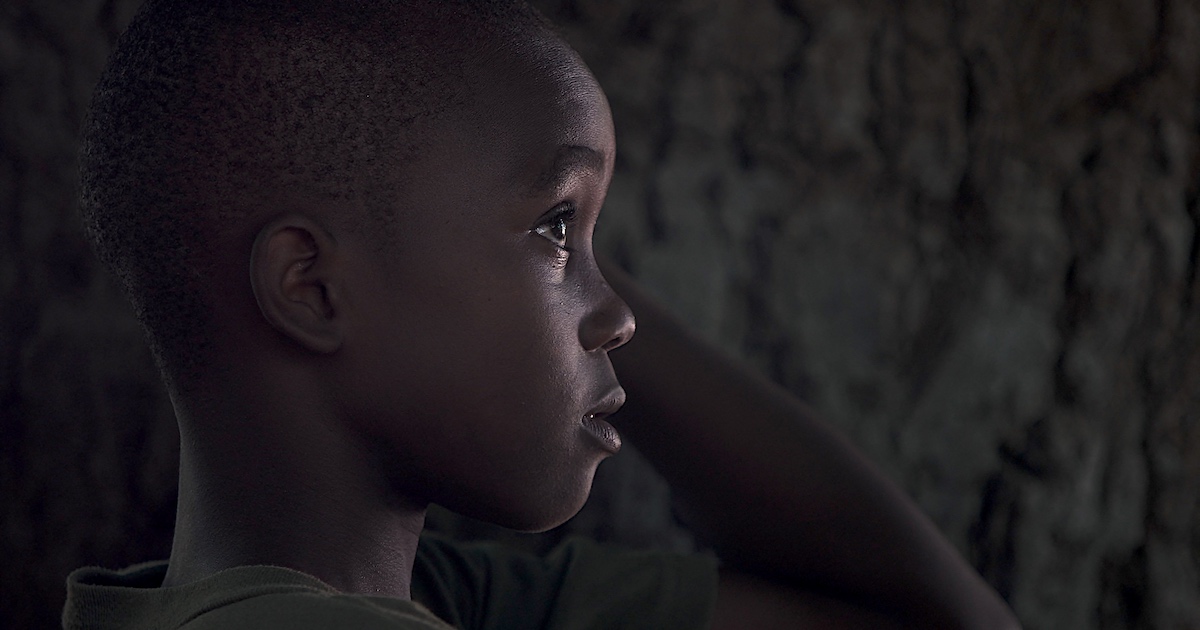
20 Jun 2022 Supreme Court Risks Left’s Black Genocide, by Craig DeLuz
Abortion Industry’s Eugenics Agenda Has Decimated Generations of Children of Color
With the U.S. Supreme Court poised to likely overturn Roe v. Wade, the public debate over abortion has switched into high gear. But even as abortion advocates lament the impact this potential ruling would have on women of color and their ability to get abortions, they also inadvertently reveal the goal of their movement’s founders.
What is that goal? To eliminate undesirable genetic traits in the human race through selective breeding.
While the rhetoric of today’s abortion activists focuses on “women’s health care” and “my body/my choice,” their predecessors’ motivations were much more sinister. “Eugenics” and “population control” were the goals of early abortion advocates.
From the beginning, Planned Parenthood founder Margaret Sanger closely aligned her work with the eugenics movement. Even PBS acknowledges that “[i]n the 1920s and 30s, Sanger calculated that the success of the eugenics idea gave her own movement legitimacy, and tried to ally her cause with the movement.”
It is debatable whether or not Ms. Sanger actually believed in the racist agenda supported by many in the eugenics movement of her time, but it was clearly not a deterrent. Racists in the movement recognized Ms. Sanger’s value in limiting the population growth of “inferior races.”
Even today, abortion advocates are still essentially allied with the movement’s sordid past. A recent Associated Press article opened with the following assertion: “If you are Black or Hispanic in a conservative state that already limits access to abortions, you are far more likely than a white woman to have one.”
The goal of the AP reporters was to lay out the case that women’s health care will be harmed in more conservative states, where access to abortions may be partially curtailed. Yet in doing so they also acknowledged that women of color are far more likely to have abortions than their white counterparts.
When it comes to the effect on minority women, the numbers are unambiguous. In Mississippi, people of color comprise 44% of the population but 81% of women receiving abortions, according to the Kaiser Family Foundation, which tracks health statistics.
The numbers are similar in Texas (59% of the population, 74% of abortions), Alabama (35% to 69%) and Louisiana (42% to 72%).
Read another way, it’s clear that children of color — especially Black children — disproportionately have their lives ended prematurely. A change in abortion policy would put a significant dent in these numbers, meaning the lives of many black and brown children would be preserved if Roe is indeed overturned.
It’s important to note that these numbers are not unique to conservative states. In fact, liberal states have had even greater success in controlling population growth among blacks. In its 2015 report, “The Effects of Abortion on the Black Community,” the Center for Urban Renewal and Education found: “According to the Departments of Public Health of every state that reports abortion by ethnicity; Black women disproportionately lead in the numbers. … At every income level, Black women have higher abortion rates than Whites or Hispanics, except for women below the poverty line, where Hispanic women have slightly higher rates than Black women.”
Both advocates and opponents of abortion don’t consider this disparity coincidental. According to the AP article: “Laurie Bertram Roberts, executive director of the Alabama-based Yellowhammer Fund, which provides financial support for women seeking an abortion, said women of color in states with restrictive abortion laws often have limited access to health care and a lack of choices for effective birth control.”
This rationale explains the specific targeting of communities of color by the abortion industry. The CURE report notes: “The prevalence of abortion facilities within minority communities serves as a major contributor to the rate in which black women obtain abortions. Accordingly, Black women are 5 times more likely to have an abortion than white women.” A recent study released by Protecting Black Life, an outreach of Life Issues Institute concluded that “79% of Planned Parenthood’s surgical abortion facilities are strategically located within walking distance of African and/or Hispanic communities.”
The goal of many — but not all — of the founders of the “family planning” movement was to limit the population growth of “undesirable populations.” This included people of color. Additionally, governmental and charitable efforts to promote and fund “family planning” programs have targeted low-income communities of color. And we know based on available data that women of color — especially Black women — have pregnancies terminated in much higher numbers. The disparity is staggeringly high.
There’s no documented proof that the goal of modern-day abortion advocates is to target Black and brown pregnancies for termination, but their own words demonstrate that their efforts have resulted in this tragedy.
Whether referred to as “birth control,” “family planning,” “population control” or “genocide,” it is obvious the abortion movement has had a disproportionate effect on birth rates among people of color. Intentional or not, the abortion industry has achieved a level of success of which the Ku Klux Klan could only have dreamed.
Project 21 member Craig DeLuz is president of 2A News Corp. and a director for the Frederick Douglass Foundation of California. You can follow him on Twitter @CraigDeLuz. This was first published at 2A News.
New Visions Commentaries reflect the views of their author, and not necessarily those of Project 21, other Project 21 members, or the National Center for Public Policy Research, its board or staff.




